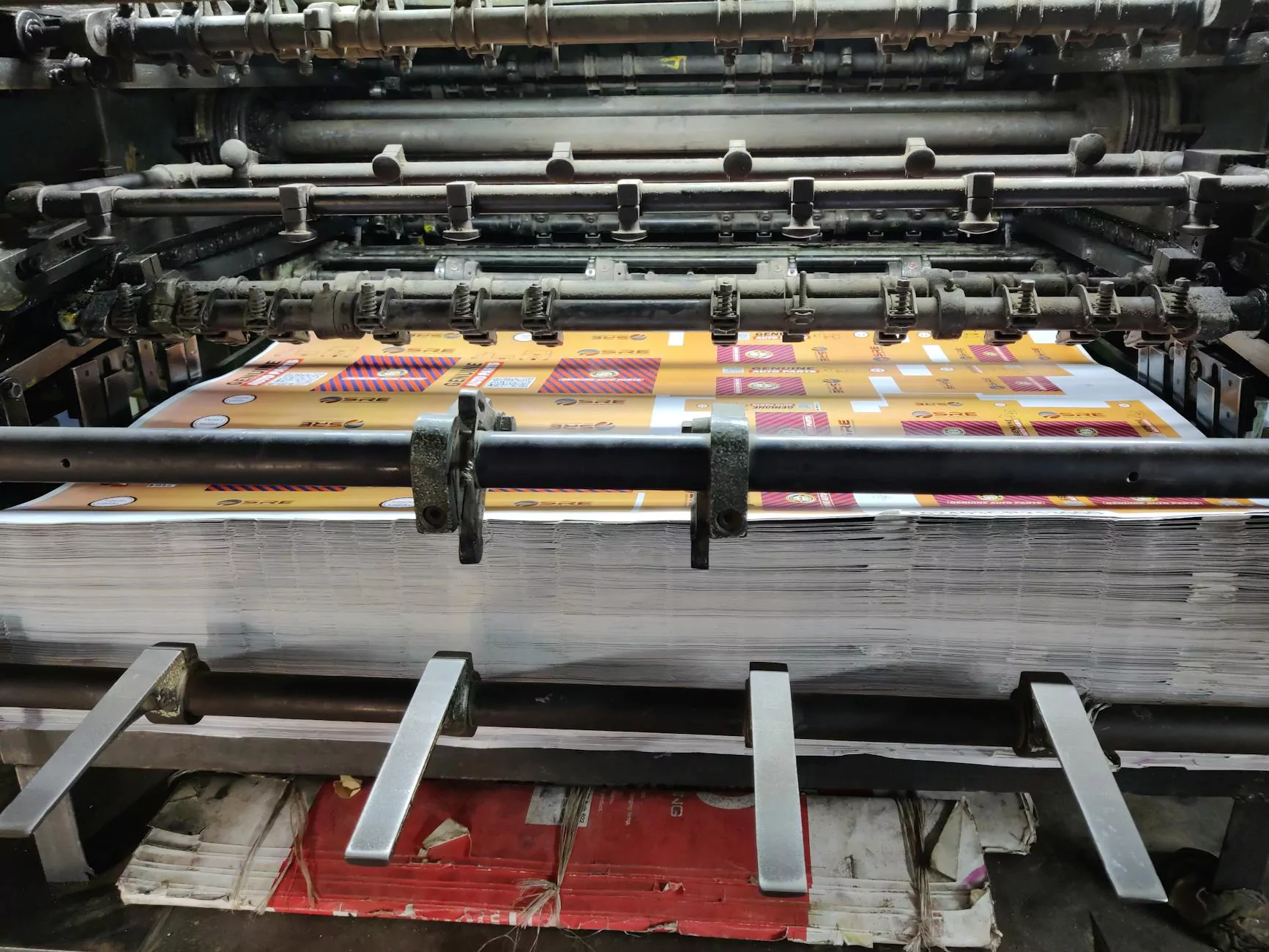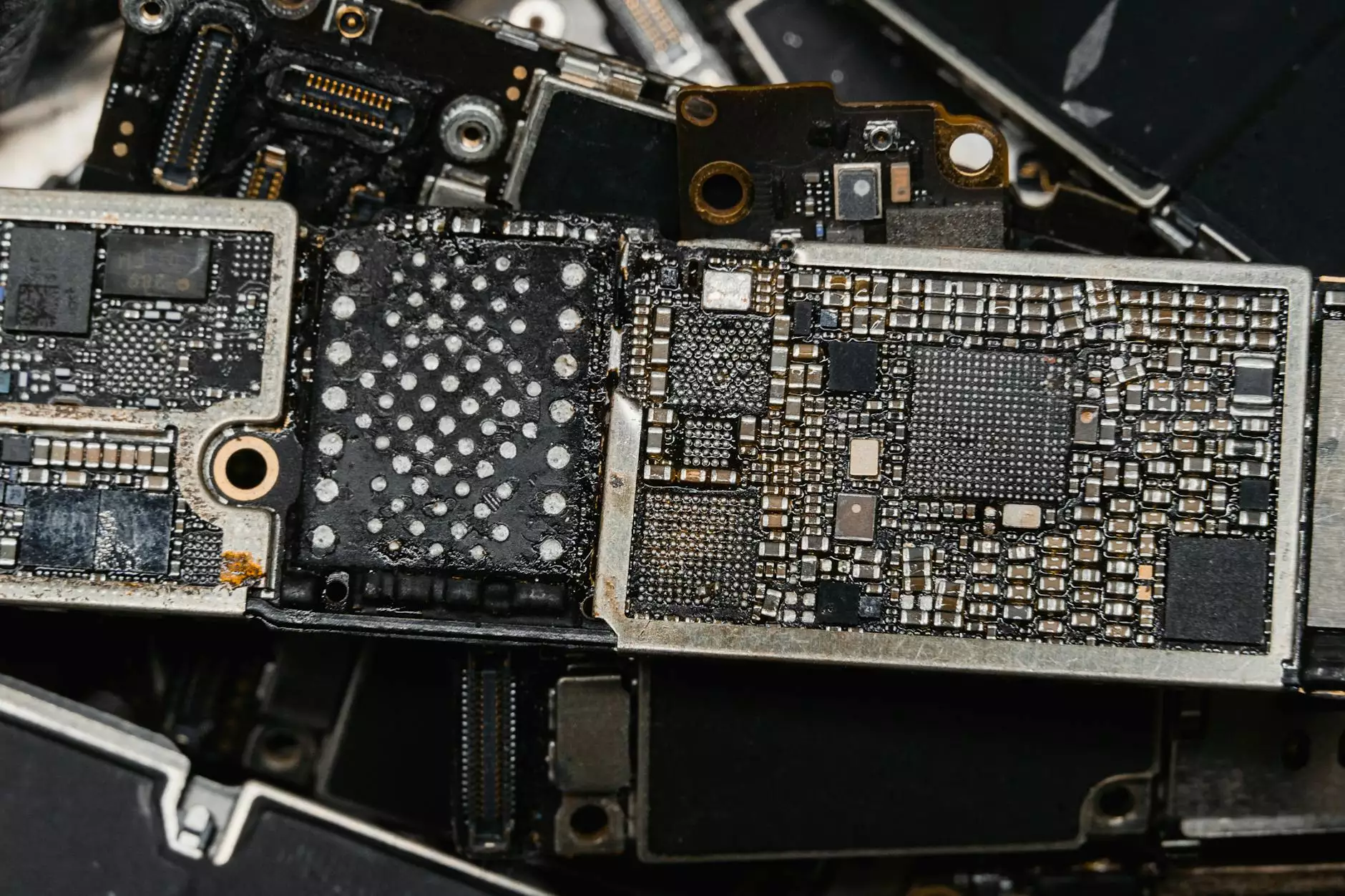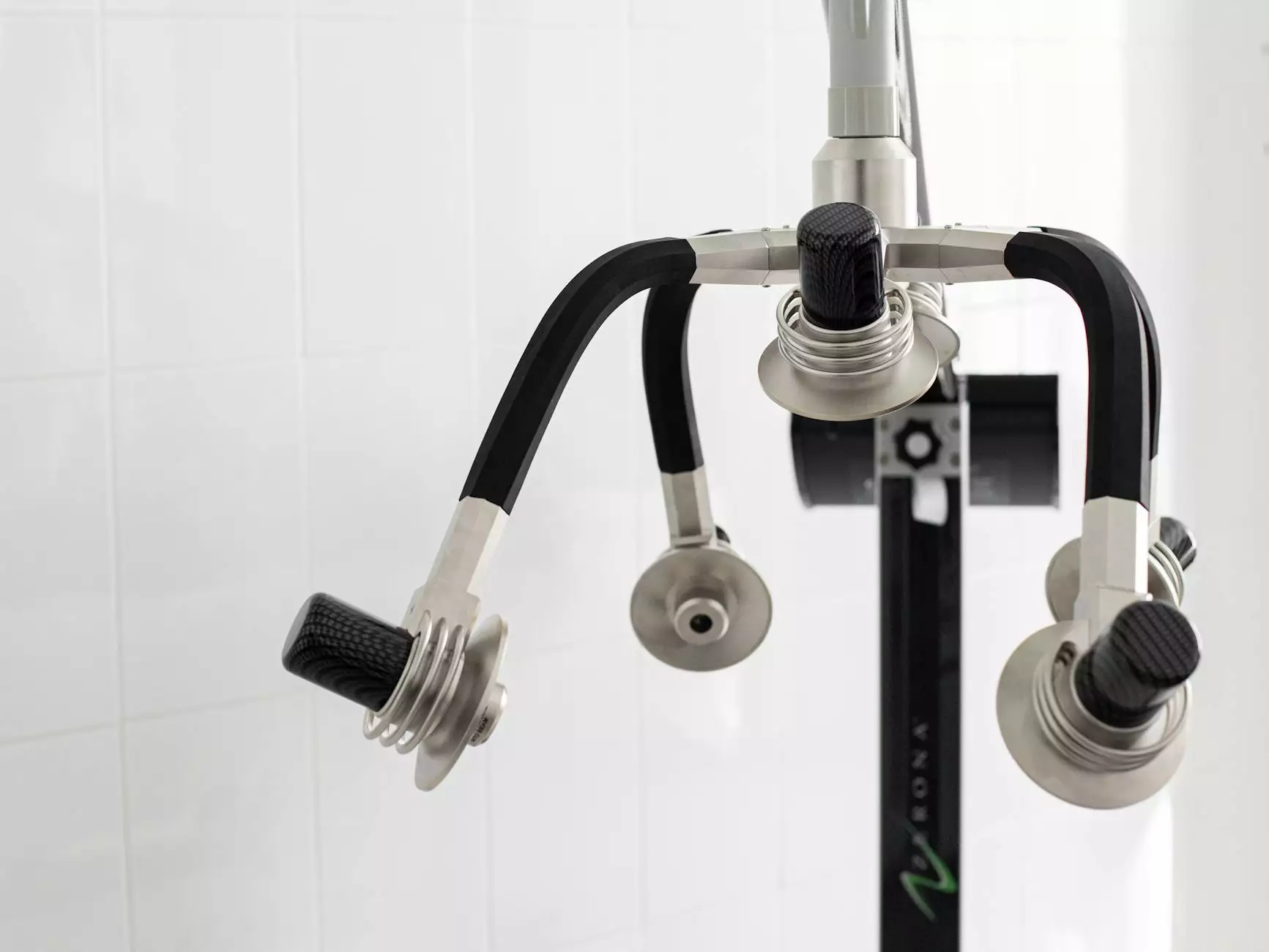What is UV Ink? A Comprehensive Guide to UV Printing Technology

In the world of modern printing, innovations play a crucial role in how businesses operate and deliver products to consumers. One such innovation that has significantly impacted the printing industry is UV ink. This article dives deep into the intricacies of what UV ink is, its applications, benefits, and why it is considered an essential element of contemporary printing services.
Understanding UV Ink
UV ink, or Ultraviolet ink, is a specialized type of ink that is cured (or dried) using ultraviolet light. Unlike traditional inks that often rely on air drying or heat, UV inks undergo a photochemical process that begins as soon as they are exposed to UV light. This process makes them unique, efficient, and effective in various printing applications.
How Does UV Ink Work?
The curing process of UV ink is fascinating. When UV inks are printed onto a substrate, they are instantly exposed to UV light. This exposure initiates a polymerization reaction, turning the liquid ink into a durable solid. Here’s a detailed breakdown of how it works:
- Ink Application: The UV ink is applied to the printing material using a printing press.
- Exposure to UV Light: As the material passes under UV lamps, the ink is exposed to ultraviolet light.
- Curing Process: The UV light triggers a chemical reaction that solidifies the ink almost instantly, leading to a strong bond between the ink and substrate.
- Final Product: The result is a vibrant, durable print that is resistant to fading, scratching, and other environmental factors.
Advantages of Using UV Ink
The benefits of employing UV ink in the printing process are vast. Here are some of the most notable advantages:
- Quick Drying Time: The instant curing process allows for immediate handling of printed materials, boosting productivity in printing operations.
- Vibrant Colors: UV inks produce bright, high-resolution prints with excellent color accuracy, elevating aesthetic appeal.
- Diverse Substrates: UV inks can adhere to a variety of substrates that traditional inks cannot, including plastics, metals, and glass.
- Durability: Prints made with UV ink are resistant to moisture, UV light, scratches, and fading, making them ideal for outdoor applications.
- Environmentally Friendly: UV inks are low-VOC (volatile organic compounds), promoting a more eco-friendly printing process.
Applications of UV Ink in Printing Services
UV ink is versatile and finds applications across various industries. Here’s a look at some common uses:
1. Commercial Printing
In commercial settings, UV ink is frequently used for printing marketing materials, brochures, business cards, and packaging. The vibrant colors and fast drying times help businesses create striking visuals that stand out in competitive markets.
2. Specialty Print Applications
UV printing technology is ideal for specialty items such as promotional products, labels, and personalized gifts. The ability to print on unconventional surfaces allows businesses to offer unique branding options to their clients.
3. Industrial Printing
In the industrial sector, UV inks are used for various applications, including product marking and packaging. Their durability and adhesion qualities make them an excellent choice for items that undergo rigorous handling and transportation.
How UV Ink Compares to Traditional Inks
When examining what UV ink is, it is essential to compare it to traditional inks, such as solvent or water-based inks. Here’s how they differ:
1. Curing Method
Traditional inks rely on air or heat drying, which can take significantly longer compared to the instant curing process of UV inks.
2. Substrate Compatibility
While traditional inks are limited in terms of substrates they can print on, UV inks easily adhere to a multitude of materials, expanding creative possibilities.
3. Environmental Impact
UV inks are generally considered more environmentally friendly due to their low VOC emissions, whereas traditional inks often contain higher levels of harmful solvents.
Challenges and Considerations When Using UV Ink
Despite its many advantages, using UV ink comes with challenges that businesses need to consider:
1. Equipment Costs
The initial investment for UV printing equipment can be higher than traditional printing systems. However, the long-term benefits often outweigh these costs.
2. Ink Sensitivity
UV inks can be sensitive to certain substrates and require careful selection to ensure optimal adhesion and print quality.
3. Maintenance and Handling
UV printers may require more maintenance and careful handling of inks compared to traditional printers.
Conclusion: Embracing UV Ink Technology
In conclusion, understanding what UV ink is and its capabilities is vital for businesses looking to enhance their printing services. The unparalleled advantages, including rapid curing times, vibrant color reproduction, and durability, demonstrate why UV ink has revolutionized various industries.
Businesses like Boston Industrial Solutions stand to benefit enormously from incorporating UV ink into their offerings. This technology not only streamlines production processes but also delivers high-quality results that meet the growing demands of modern consumers.
As the printing landscape continues to evolve, embracing UV ink technology will undoubtedly place companies at the forefront of innovation, making them competitive and relevant in an ever-changing market.
FAQs About UV Ink
1. Is UV ink safe for food packaging?
While UV ink is widely used in packaging, it is crucial to ensure that the inks are compliant with food safety standards. Always check for certifications before using UV printed packaging for food items.
2. Can UV ink be used for outdoor applications?
Yes, UV ink is highly resistant to fading and is suitable for outdoor applications, making it ideal for signage and promotional materials that are exposed to harsh environmental conditions.
3. What are the drying times for UV ink?
One of the main benefits of UV ink is its fast drying time. Curing occurs almost immediately upon exposure to UV light, allowing for efficient printing workflows.
4. Are there eco-friendly UV ink options available?
Yes, many manufacturers now offer eco-friendly UV inks that are low in VOCs and compliant with environmental regulations, making them a sustainable choice for printing.
what is uv ink








